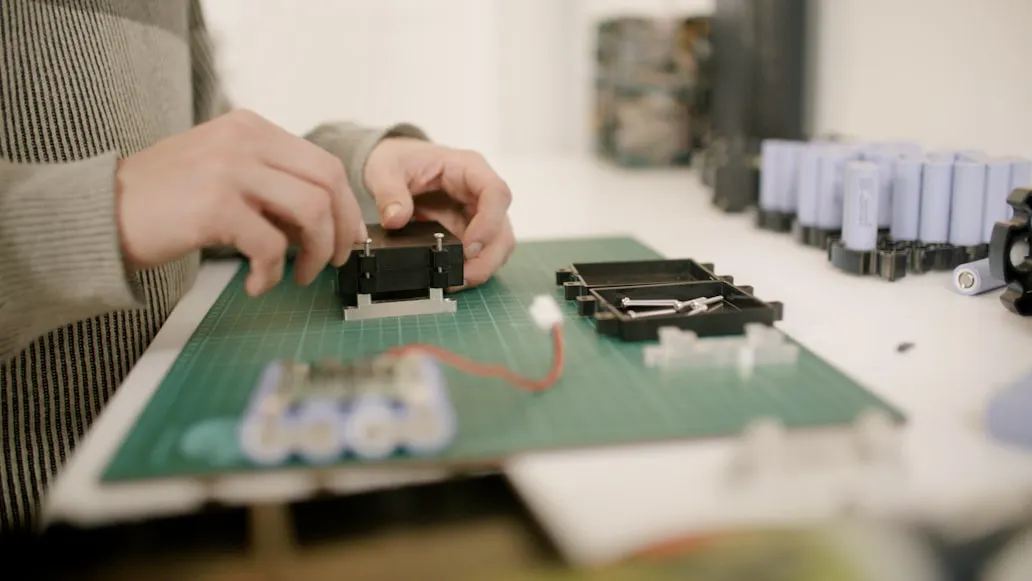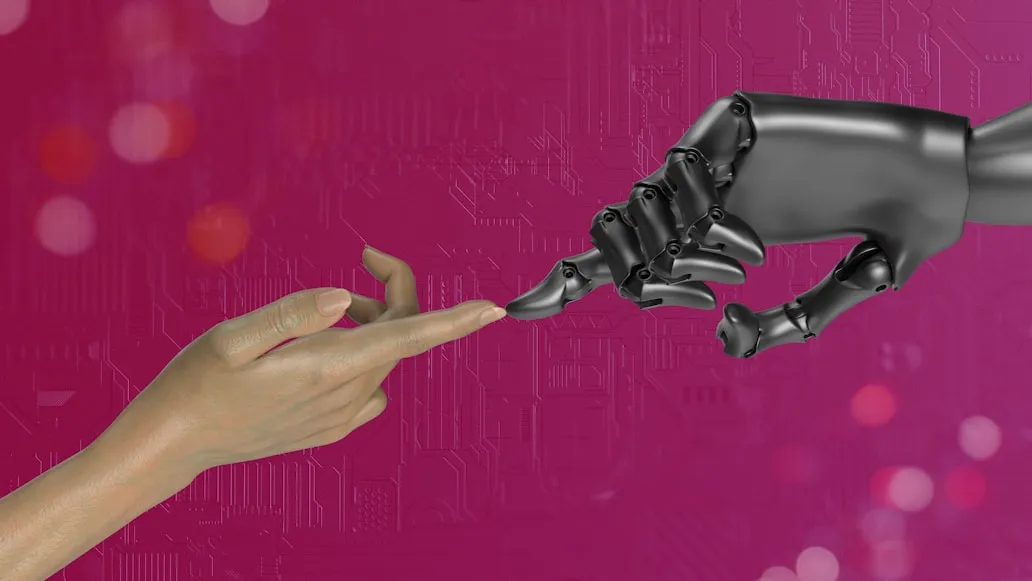
In 2025, one of the most transformative tech developments isn’t flashy AI or quantum computing — it’s a battery. Specifically, solid-state batteries, which promise to store more energy, charge faster, and last longer than today’s lithium-ion cells.
Why it matters
From smartphones to electric vehicles (EVs) to renewable energy grids, everything runs on stored power. Current lithium-ion batteries are powerful but have drawbacks: limited lifespan, safety risks, and reliance on rare materials like cobalt. Solid-state batteries replace liquid electrolytes with a solid material, reducing fire hazards and dramatically increasing efficiency.
The global race
Japan’s Toyota and South Korea’s Samsung are leading the commercial rollout, with pilot EVs boasting 1,000 km ranges on a single charge. Meanwhile, U.S. start-ups are partnering with renewable energy firms to create grid-scale storage solutions that could stabilize solar and wind power supply. China, not wanting to be left behind, has invested billions in mining alternatives to ensure resource security.
Impact beyond EVs
In developing countries where reliable electricity remains a challenge, portable solid-state storage could revolutionize healthcare (keeping vaccines refrigerated) and education (powering off-grid schools). In cities, smartphones could last days without charging, and wearable tech could become smaller and more powerful.
Challenges remain
High production costs and material sourcing are barriers to mass adoption. But as manufacturing scales and recycling tech improves, prices are expected to drop sharply within five years.
This isn’t just an incremental improvement — it’s the kind of leap that reshapes industries and lifestyles worldwide.







